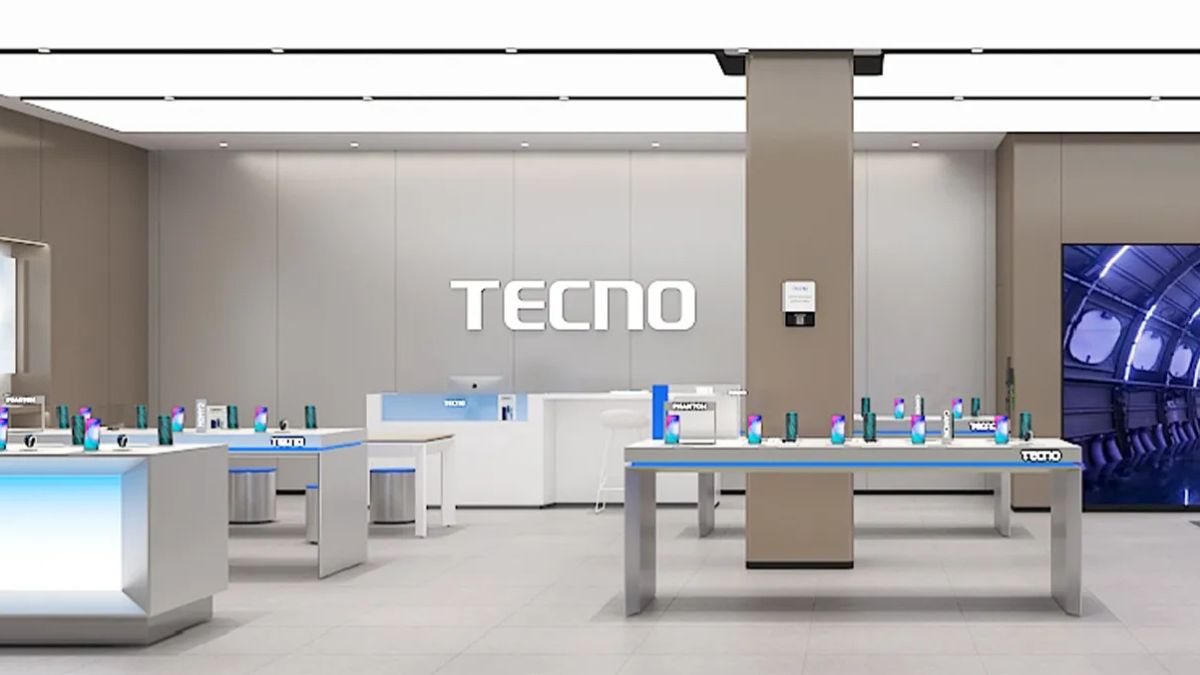TECNO has become the first smartphone brand to meet Jio’s complete set of 5G enhancement standards. This is a technical milestone, but it also says something important about how the Indian smartphone market is changing. For the first time, a smartphone company has matched all the network requirements demanded by India’s largest 5G operator.
Jio has been building a standalone 5G network, which is different from the hybrid 5G models used in many countries. A standalone network needs stricter device-level optimization. TECNO claims to have implemented most of these features across its portfolio. Based on Jio’s checklist, the improvements include full 5G SA support, lower latency, and better network stability. In simple words, the phones should hold a 5G signal more reliably, especially in heavy-traffic areas.
One of the key upgrades is NRCA (New Radio Carrier Aggregation). TECNO is supporting Jio’s important band combinations, including the n28 band, which is known for extended coverage. This band is useful in rural and semi-urban regions, where signal penetration is usually weaker. TECNO also enabled VoNR (Voice over New Radio), which allows voice calls to happen directly over 5G instead of falling back to LTE.
The company has also added features such as Dynamic Slot Aggregation, better antenna tuning for Indian frequency bands, TDD/FDD power control enhancements, and 4×4 MIMO support on n28. These are not flashy features for the average consumer, but they play a large role in weak-signal situations. If properly implemented, they help a phone latch onto a tower faster, switch between bands smoothly, and maintain speed consistency when the signal fluctuates.
Jio has acknowledged TECNO’s compliance with its full enhancement standards. This is notable because Jio rarely comments on device-level optimizations in such detail. For a network that carries the majority of India’s mobile data traffic, even small improvements at the device level can have a meaningful impact at scale.
TECNO and Jio are also working together on user-facing features. These include VoWiFi Dual Pass, Smart Signal Detection, 5G Carrier Aggregation with visible 5G+/5G++ icons, and 4G+5G DSDA, which allows both networks to run simultaneously on dual SIMs. These additions improve recovery time when the signal drops and help maintain connectivity in crowded zones such as malls or metro stations.
The bigger picture is that smartphone connectivity is becoming a major differentiating factor again. Over the past few years, brands have focused mostly on cameras and displays. But as 5G adoption grows, network performance will matter as much as megapixels. Phones that behave better on real networks, especially on low-band and mid-band 5G, will stand out.
TECNO’s achievement does not automatically mean its phones offer the best signal everywhere. Network quality depends on many factors, including tower density, local interference, and software tuning. However, meeting the full set of Jio’s enhancement standards is a strong indicator that the company is prioritizing connectivity instead of treating it as a secondary feature.
At a time when users often complain about patchy 5G coverage and inconsistent speeds, this move pushes the industry in a better direction. If other brands follow the same standards, Indian consumers could see more stable networks and fewer drops in everyday use.













